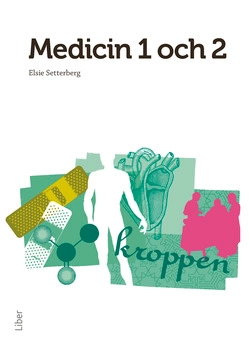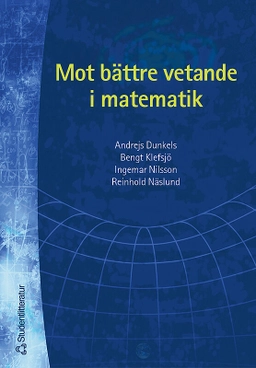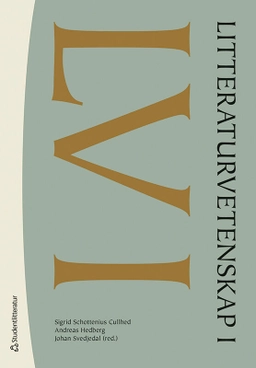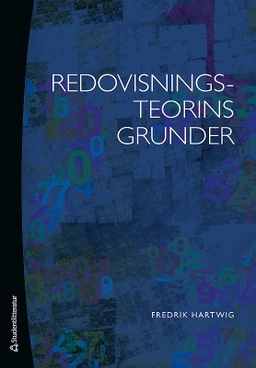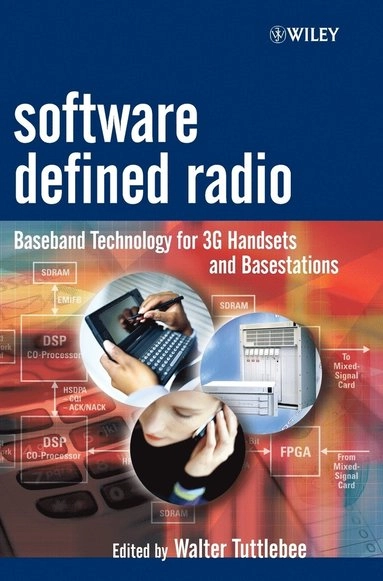

Software Defined Radio: Baseband Technologies for 3G Handsets and BasestatiUpplaga 1
- Upplaga: 1a upplagan
- Utgiven: 2003
- ISBN: 9780470867709
- Sidor: 320 st
- Förlag: John Wiley & Sons
- Format: Inbunden
- Språk: Engelska
Om boken
Åtkomstkoder och digitalt tilläggsmaterial garanteras inte med begagnade böcker
Mer om Software Defined Radio: Baseband Technologies for 3G Handsets and Basestati (2003)
I december 2003 släpptes boken Software Defined Radio: Baseband Technologies for 3G Handsets and Basestati skriven av Tuttlebee, Walter H W Tuttlebee, Walter H W Tuttlebee, Walter H W Tuttlebee. Det är den 1a upplagan av kursboken. Den är skriven på engelska och består av 320 sidor djupgående information om data. Förlaget bakom boken är John Wiley & Sons som har sitt säte i Hoboken.
Köp boken Software Defined Radio: Baseband Technologies for 3G Handsets and Basestati på Studentapan och spara pengar.
Tillhör kategorierna
Referera till Software Defined Radio: Baseband Technologies for 3G Handsets and Basestati (Upplaga 1)
Harvard
Oxford
APA
Vancouver











